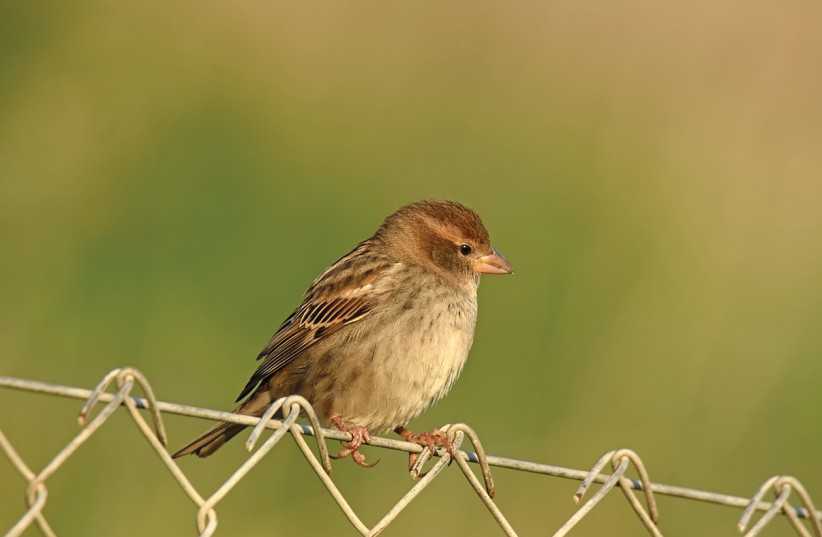There used to be a small brown bird that was always flitting around us.
Dozens of these birds could be seen by anyone who spent an hour walking along the streets. The bird was the well-known house sparrow.
You might ask who is not familiar with the common sparrow. The answer is, children growing up today. This is not only because their eyes are mainly on their phone screens.
The sad fact for the house sparrow is that in the last 15 years, their numbers are decreasing rapidly.
Urban areas are expanding constantly – a fact that should help the sparrow because it prefers to live close to human surroundings.

The sparrow flourishes in cities since food is abundant and the sparrow is an expert in finding it. With urban expansion, the question of the sparrows’ declining numbers remains. Where are all those tough little birds?
Competition from an invasive species
A few research projects show that the sparrow is probably suffering from increasing competition from some invasive species of other birds like the common myna and the rose-ringed parakeet (known in Hebrew as “drara”). They’re taking over and are pushing out the local sparrows.
These invasive birds are very aggressive and compete for the same resources that the house sparrow needs. Hopefully, the sparrow will adapt swiftly to its new competitors and return to our cities in larger numbers.
